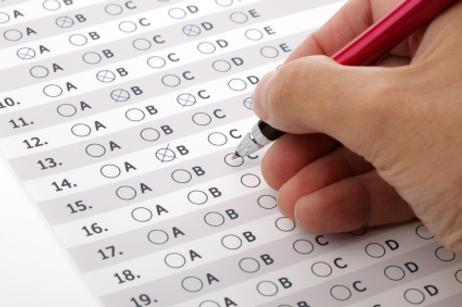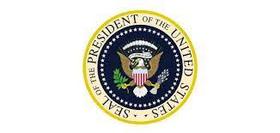Do Your Child's SSAT or ISEE Scores Really Matter?
Standardized admissions tests are part of the drill in most private school admissions offices. You may well be wondering why your child's academic transcripts and teacher recommendations from her current school are not sufficient. Why is it necessary to prepare and register for a standardized admissions test? The results of a standardized admissions test indicate to the school what your child knows and doesn't know academically. Essentially, it would serve no purpose to accept your child only to have her flounder academically. You would be unhappy. Your child would be miserable. The school would also be in a difficult position of being unable to deliver the academic results it can achieve. To avoid this losing situation, most private schools will insist on all applicants taking a standardized admissions test.
The two most commonly used admissions tests are the SSAT and ISEE. These tests measure your child's language and math skills. How do the admissions offices use the test scores the testing organizations send them? Primarily for comparison purposes. For example, if a school has an applicant pool with an average verbal score of 600 and yours is 700, you will be at the top of the list in that one aspect of all the factors the school looks at. Conversely, if your quantitative score is 550 and the pool average is 750, you will be at or near



















